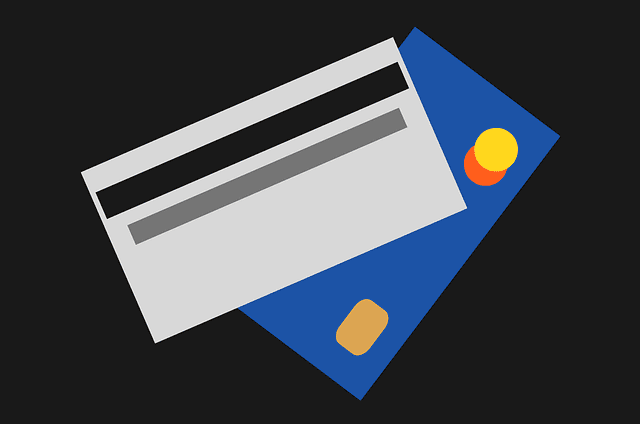Credit Card Theft! Terrible to Face, Easy to Avoid
Linda just saw a beautiful scarf online and wants to buy it. But she’s scared if she gives her credit card information online, it might be stolen. After all, there’s so much hacking happening daily! Is Linda right in her way of thinking? Credit cards have become the most common means of making payments. They are accepted almost everywhere. However, in a bid to make credit card transactions more convenient, companies often overlook their security aspect. Your credit card details are valuable and hackers know this better than anybody else. While it is true that credit cards make online shopping easier, they are not always equipped with all the security measures required to protect users from cybercriminals.

Credit Card Theft! Terrible to Face, Easy to Avoid
Credit Card Hackers
Credit card data thieves are mainly of two kinds. Some focus their attention on robbing online giants such as Target and Home Depot. They achieve this by exploiting the security flaws in the database of major online services.
Online shoppers leave their credit card information with big companies trusting them to keep their data safe. Recent data breaches have shown us that these big companies aren’t always able to manage data well. Hackers often break into the database of these websites and customer data is stolen.
There is no federal law that requires companies to notify their users that there has been a data breach. And even if they do issue a notice, it’s already too late. So instead of waiting for a notification to arrive at your doorstep or inbox, take these measures to protect your data as soon as you hear of a major data breach.
Credit Card Compromised?
Check your credit card transactions or receipts to find out which card you had used at the breached store.
Log in to your account at the online version of that store and reset your password. This won’t prevent the hacker from using your card at brick and mortar stores. However, it will prevent them from accessing your online accounts.
If you used a debit card, call your bank and get the card canceled with immediate effect. Most banks have hotline numbers where you can call if your debit card has gone missing. You can use the same number to order the cancellation of the hacked debit card.
Once you notify them, your card issuer will most probably ask if you need a replacement. You should also request one of the three credit reporting bureaus to attach a ‘fraud alert’ to your account. It will stay for at least 90 days and stop the data thief from opening more accounts in your name. As an added precaution, you can also order a copy of your credit report from a credit reporting service. They are required to provide one free report every year. Check the report carefully to ensure that there are no suspicious activities.
Smaller Can Be Deadlier
You might think that big hackers are more dangerous but the truth is that small-scale hackers can actually do more harm to individual users. They use various ways to steal a user’s credit card information from them. They install malicious software on your device or set up fake shopping websites to steal your information. Phishing is another strategy they employ to gain access to your wallet. In order to deal with these ‘small’ hackers, you have to exercise caution at all times.
Caution and VPN
Don’t open suspicious links and don’t enter your credit card information on a non-trusted website. It’s a good idea to use a VPN to stay protected from hackers. VPNs encrypt your traffic to prevent hackers from stealing your data. Even if a hacker manages to intercept the network, they will be unable to read your data because it will be encrypted. Thus a VPN not only allows you to surf the web anonymously but also protects your sensitive information from identity thieves. Take a look at the best VPN services for shopping online.
Apart from these steps, clean up your device regularly and make sure that you have the latest anti-virus program and anti-malware installed on your device. Check these useful tips for safer online shopping as well.
Go Ahead and Buy Online
There is no harm in buying online. However, you need to ensure that you shop at only trusted websites. Hackers may set up fake shopping sites to steal your data and money. Don’t fall into such traps. Malicious websites may offer deals that are too good to refuse, but you must always check the validity of the place from where you plan to buy things.
Encryption is what keeps you safe online. Before using your credit card, make sure that the website has SSL encryption installed. It is easy to check. Just ensure that the URL of the website begins with HTTPS://. If the site has SSL encryption, you will also notice a locked padlock icon next to the URL in the address bar. A VPN adds another layer of security to your online transactions.
Always Read The ToS
It is also important to read the Terms and Conditions (ToS) of your online shopping website. The terms and conditions provide a clear picture of how the website intends to use your financial information. Also, keep in mind that a legitimate business will never send you an email asking you to confirm your username and password. If you receive such emails, ignore them and contact the merchant who is supposed to have sent the email. Never click on any links in such emails.
With all these precautions, Linda can safely buy that beautiful scarf she saw online.





